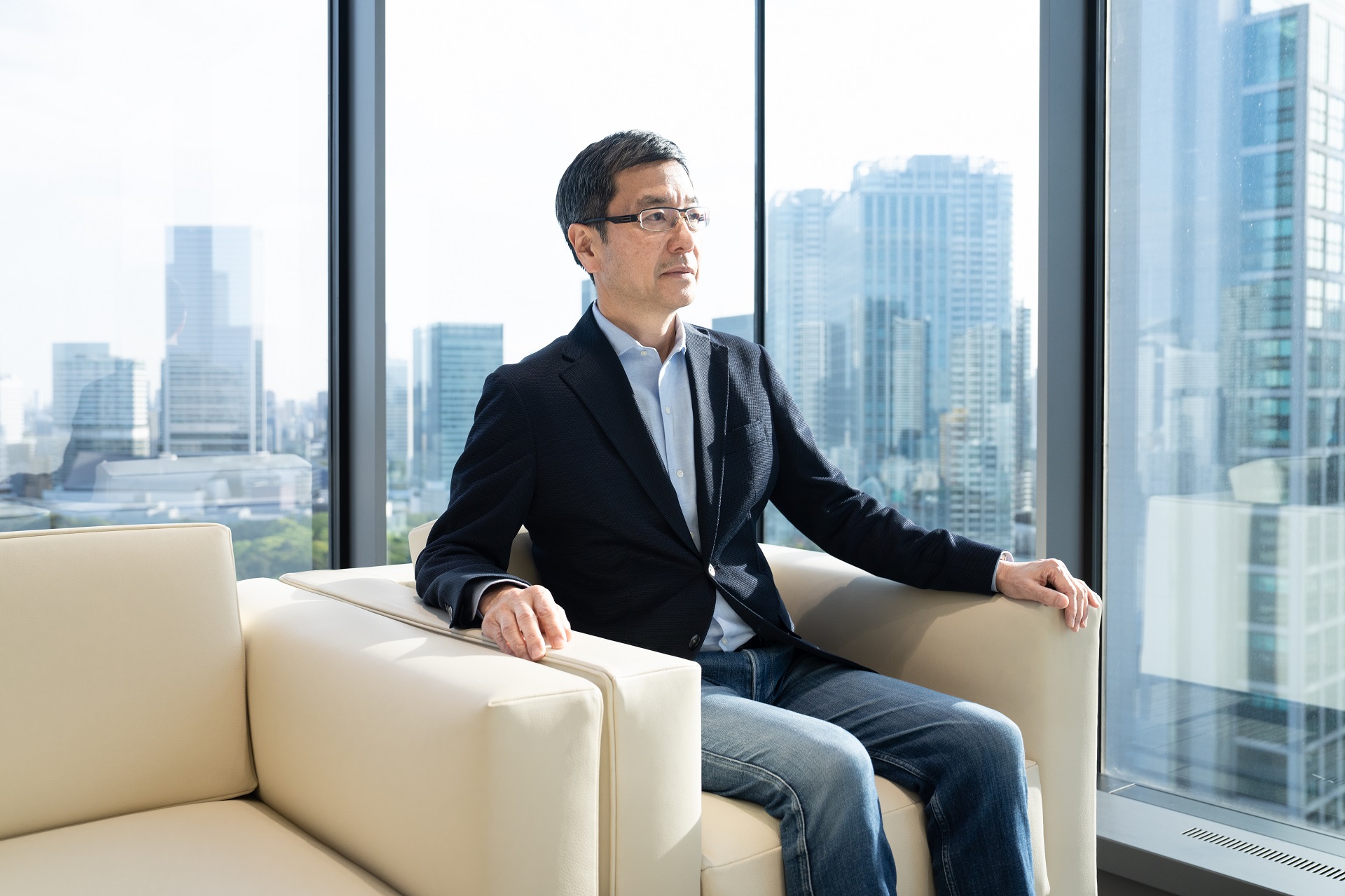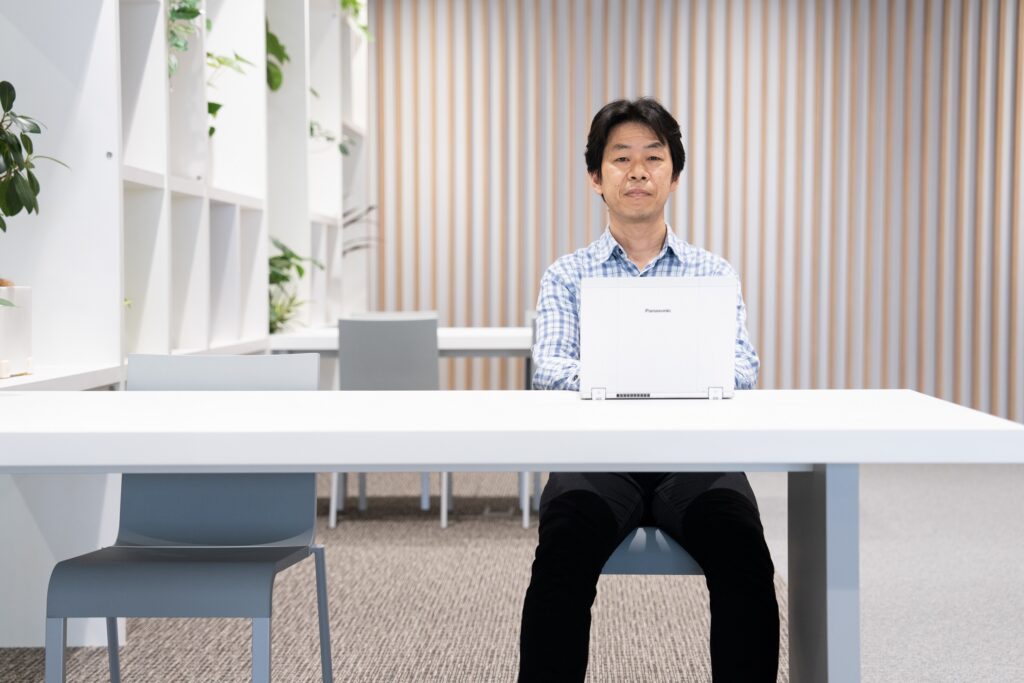In mid-February, as most of the world was just starting to understand the potential power of generative AI models, Panasonic Connect, a part of Japanese electronics giant Panasonic Group, rolled out its own version of an AI assistant to all 12,500 employees in Japan, from its CEO to the most junior staff.
Panasonic Connect, that focuses on business-to-business solutions, called the AI assistant ConnectAI and encouraged its use for everyday tasks, from drafting emails to gathering information to writing computer code.
The idea was for ConnectAI to help with the labor and legwork that can eat up an office worker’s day, to free them to come up with ideas and solutions. ConnectAI was built with Microsoft Azure OpenAI Service.
“We believe all business professionals will use AI on a daily basis,” said Hiroki Mukaino, senior manager of IT and digital strategy at Panasonic Connect, headquartered in Tokyo. “Our choice was not whether to use AI or not, but when to start using it.”
Generative AI tools, which are built on large language models (LLMs) that synthesize vast troves of data to generate text, images and more, are seen as the biggest technological leap since the advent of the internet and smart phones. Because the technology is so new and powerful and, as with any new technology, can deliver imperfect results, many companies have been unsure how to adopt it.
Japan has the oldest population in the world, with almost a third of its population of 125 million over the age of 65. The National Institute of Population and Social Security Research estimated in 2019 that Japan’s population will shrink to 106 million in 30 years. Unemployment today is a mere 2.6 percent.
Seen against this labor demographic decline, generative AI is one way of “increasing employee productivity,” said Mukaino. “AI allows us to focus on creative tasks that only humans can do.”
Panasonic Connect opted to create its own version of its AI assistant, built with Azure OpenAI Service, instead of a free offering, to help ensure data security. Azure OpenAI Service, which allows developers to use generative AI models for enterprise applications, also includes other features such as responsible AI protections that allow companies to filter inappropriate content. Panasonic Connect also noted that a bespoke AI assistant also allows the company to track and analyze use, and plan upgrades, such as creating more personalized experiences.
ConnectAI was rolled out on February 17, 2023, and the number of queries has grown rapidly. In the first month, employees posted 55,380 questions, or just under 2,000 a day. Today, ConnectAI gets 5,000 questions per day, said Mukaino.
The AI assistant is accessed through a URL and employees simply type out a question in natural language. They were given minimal training and advised that they should write queries in the form of full questions, rather than the search terms most people are used to. Employees were also given sample questions for reference.
“Our assumption was it would be used mainly by the IT department and tech staff, but the reality is adoption is across legal and accounting also,” said Mukaino.
Users come from across generations, with everyone from early career to senior employees using it, Mukaino said.
Panasonic Connect’s CEO Yasuyuki Higuchi even used it to draft a speech to welcome new employees.
In the future, “humans will concentrate on highly advanced work, rather than fairly simple work,” said Higuchi. “I think this is necessary.”

It is early days and any impact on productivity is so far anecdotal. An employee in the legal division, for example, told Mukaino she no longer needs to spend an hour reading a long legal document. She now spends less than 10 minutes reading a summary generated by ConnectAI.
Yusuke Takiguchi, a manager in the IT and digital department, said he regularly sends out employee IT surveys, which include multiple choice as well as free text. His team of three used to spend a week or more analyzing the free text results to understand what IT issues people were having. ConnectAI can give them that analysis in an hour.
Takiguchi noted that despite the huge number of daily queries logged, the IT team received zero calls for help on how to use the AI assistant. Employees were experimenting on their own and, in some cases, organizing ConnectAI brainstorming sessions within departments. “My conclusion is that it is very easy to use without any IT capability,” Takiguchi said.
Mukaino said he’s pleased with how many employees are using the technology, and his biggest concern has been to ensure that there is always an employee involved in creating the final output. Because AI systems are new and mostly built on past data, he said, answers should be vetted to ensure they are accurate and there should always be what’s known in the industry as a “human in the loop.”
“It is just a kind of advice. The final output has to be made by a human,” he said.
The tech department is now exploring the next iteration, including how to create a more personalized experience for customers and employees. For example, a customer service representative may soon be able to use ConnectAI to answer questions on product specifications when a customer asks. The team is also considering how ConnectAI can be used as a teaching tool to train employees on new skills.
“We are now talking to Microsoft specialists on how to embed our internal system to this system,” said Mukaino. “New AI tech is coming to us every day. I hope that in 2023, we will implement internal info capability and also new info capability.”
Top image: Hiroki Mukaino, senior manager of IT and digital strategy at Panasonic Connect. Photo by Kosuke Koyama for Microsoft.

